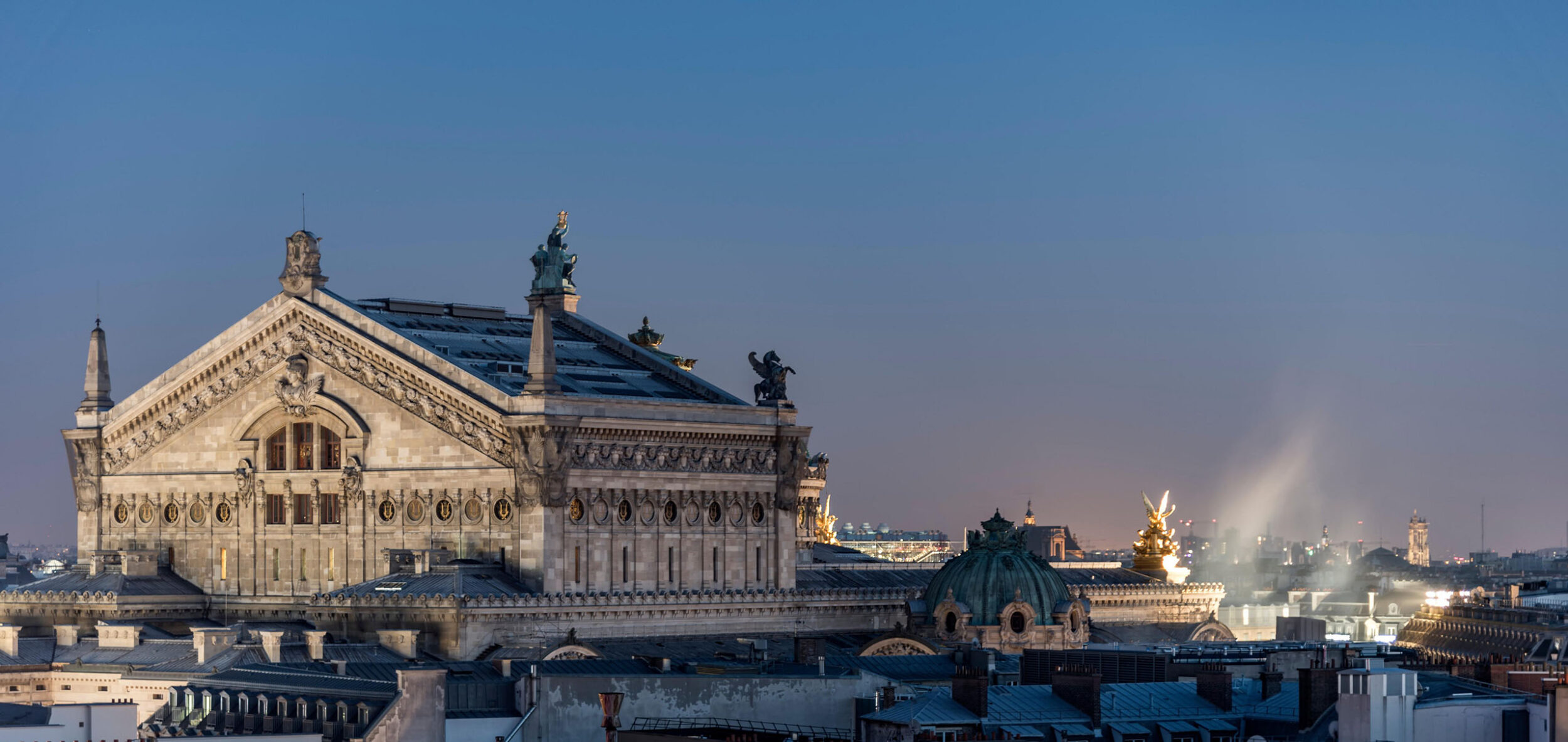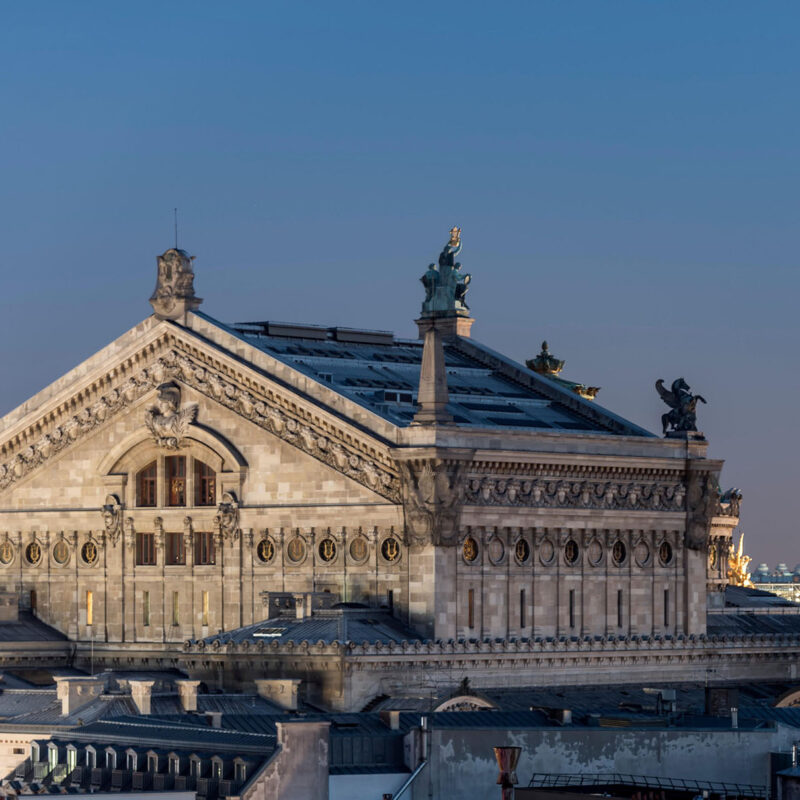The 10 amazing stories about Paris
Here are some amazing stories about the city of Paris, fun and useless anecdotes that we like to share over coffee.
Because in the end, Paris is also that: unimaginable stories on every street corner.
Montmartre, Paris’s Former Ghetto
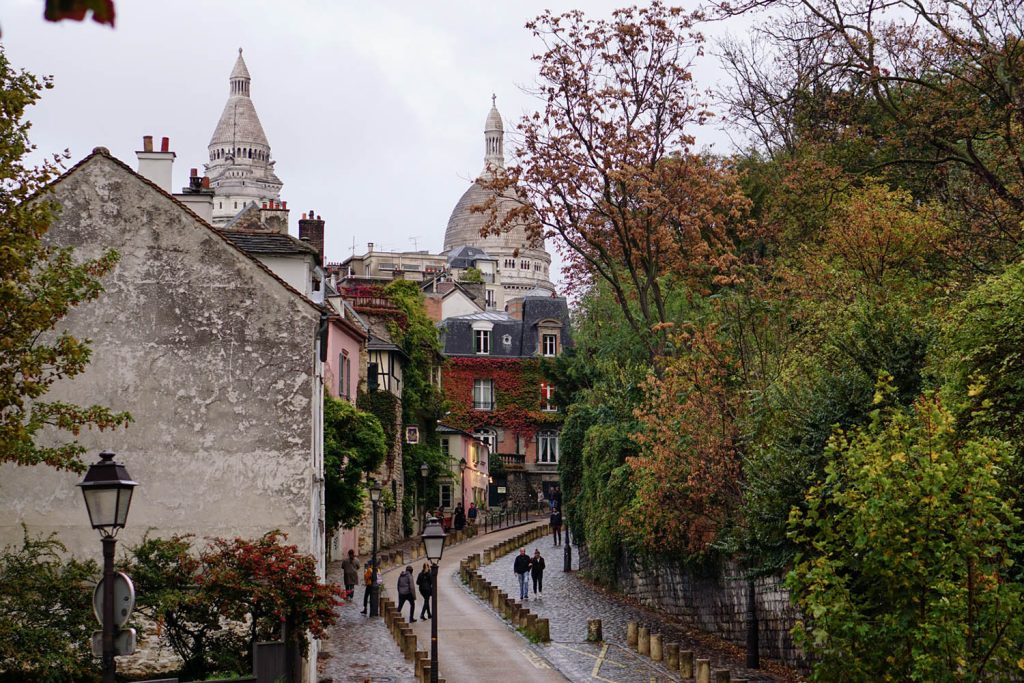
No, Montmartre has not always been a bohemian neighborhood where pigeons, small bistros, selfie sticks, and caricaturists all come together.
At the time of the great works of Baron Haussmann, broke Parisians came to find refuge in this higher and more remote area of Paris.
Called the maquis of Montmartre, wooden cabins were erected between rues Caulaincourt, Girardon, Lepic and formed a village of odds and ends.
How Did the Legend of The Phantom of The Opera Come to Be?
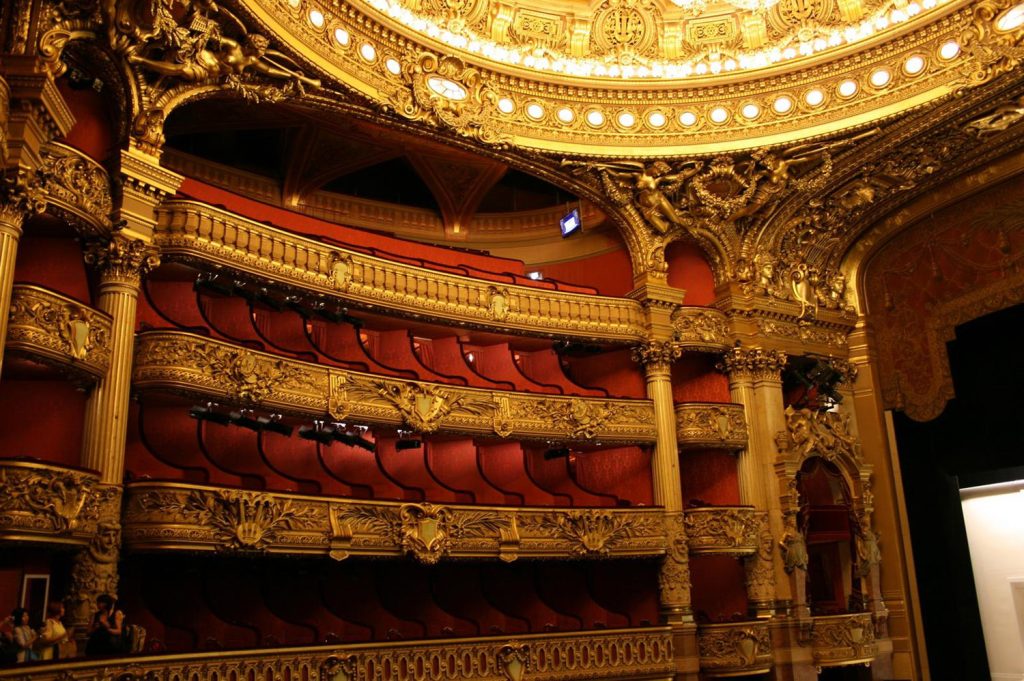
The legend of the Phantom of the Opera began in 1873: during a violent fire of the conservatory on rue Le Peletier, a young pianist lost part of his face as well as his fiancee, a ballerina at the conservatory.
Inconsolable and disfigured, he took refuge in the basement of Opera Garnier, while it was still under construction, two years before its inauguration.
Since then, rumors have been that he haunts the underground lake of the building, fed by the employees.
Even today his box, No. 5, remains unoccupied…
The Term “Poulet” (Chicken), Used for Policemen, Comes from Paris!
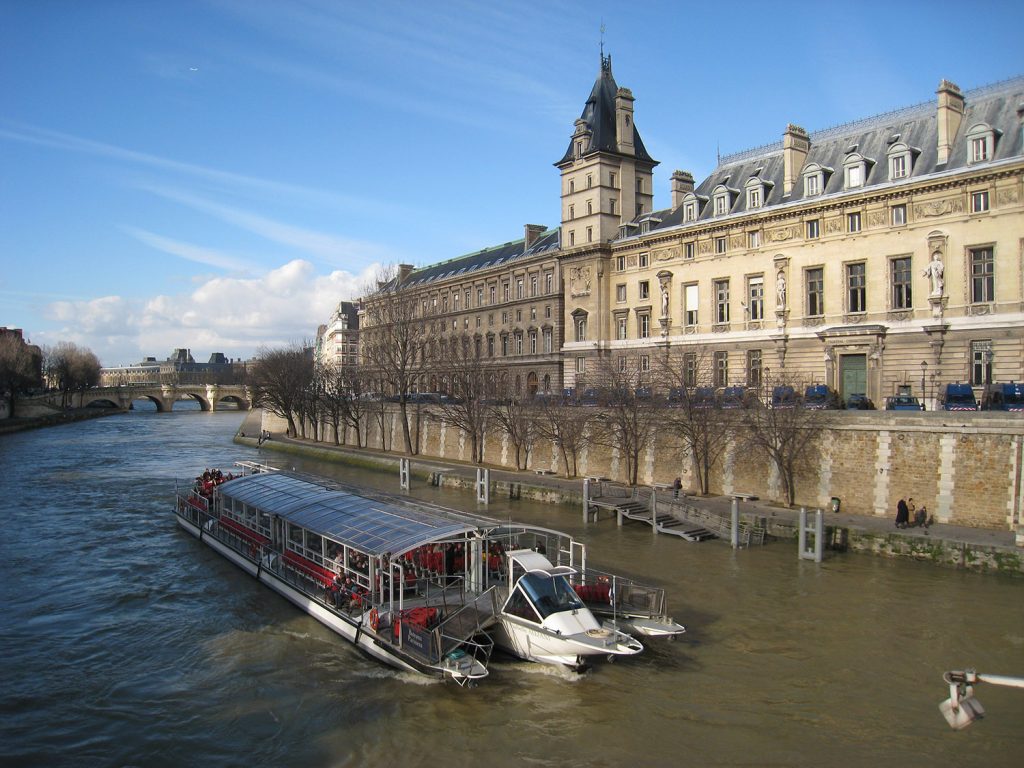
In 1871, following the riots of the City of Paris, many buildings of the capital were burned. Among them, the headquarters of the Police Prefecture of Paris.
The numbers were then relocated to Ile de la Cité, in a barracks built on the site of the former poultry market in Paris.
It didn’t take much longer for the police to inherit the names of the former tenants of the premises!
Paris vous donne l’heure
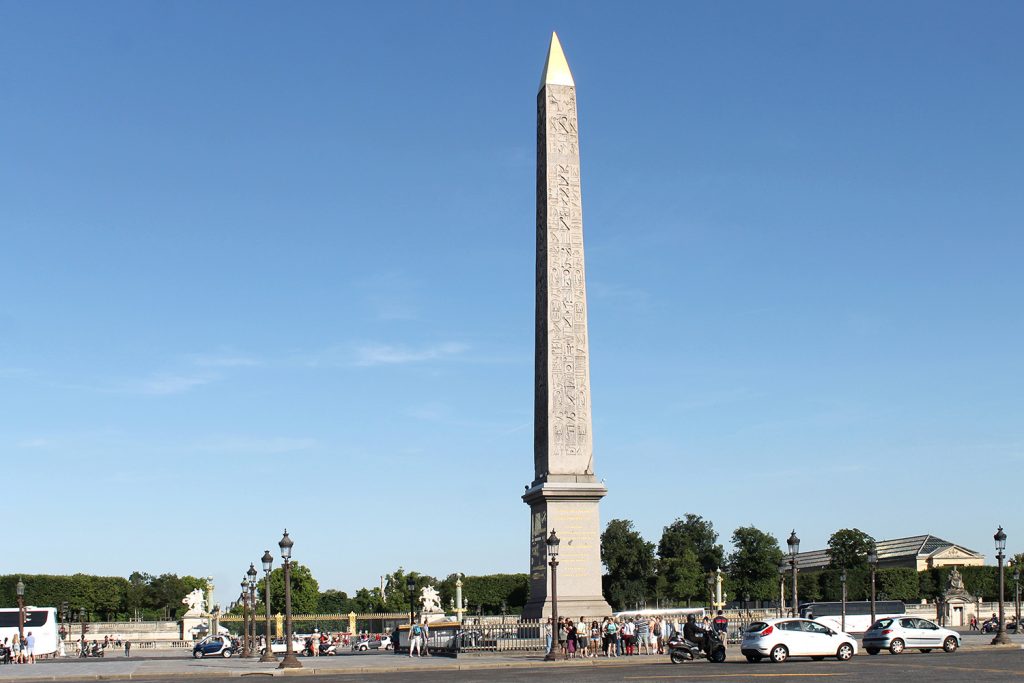
Have you ever noticed the imposing Roman numerals on the cobblestones of Place de la Concorde? They form one of the largest sundials in the world.
Its 23-meter high obelisk can read the time according to the position of the sun.
Pont Neuf (New Bridge) Is Not So New
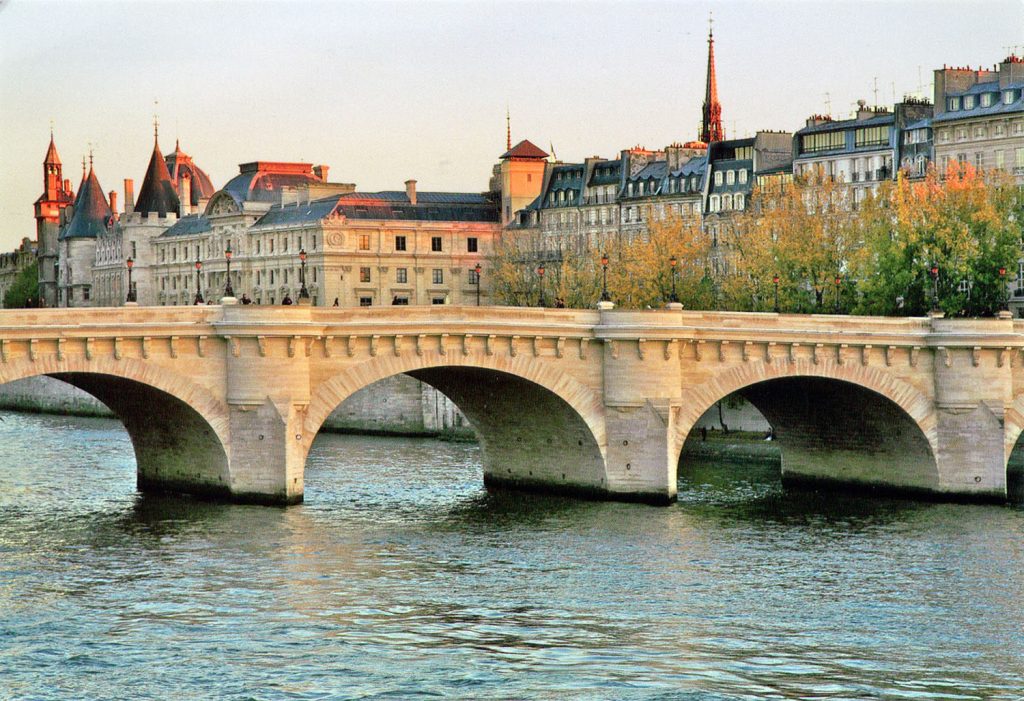
You’ve certainly walked over it without knowing that you were walking on the oldest bridge in Paris! Built at the end of the 16th century to reach both banks, the Pont Neuf definitely does not bear its name well.
Place du Colonel Fabien: An Ancient Arena for Animal Fights
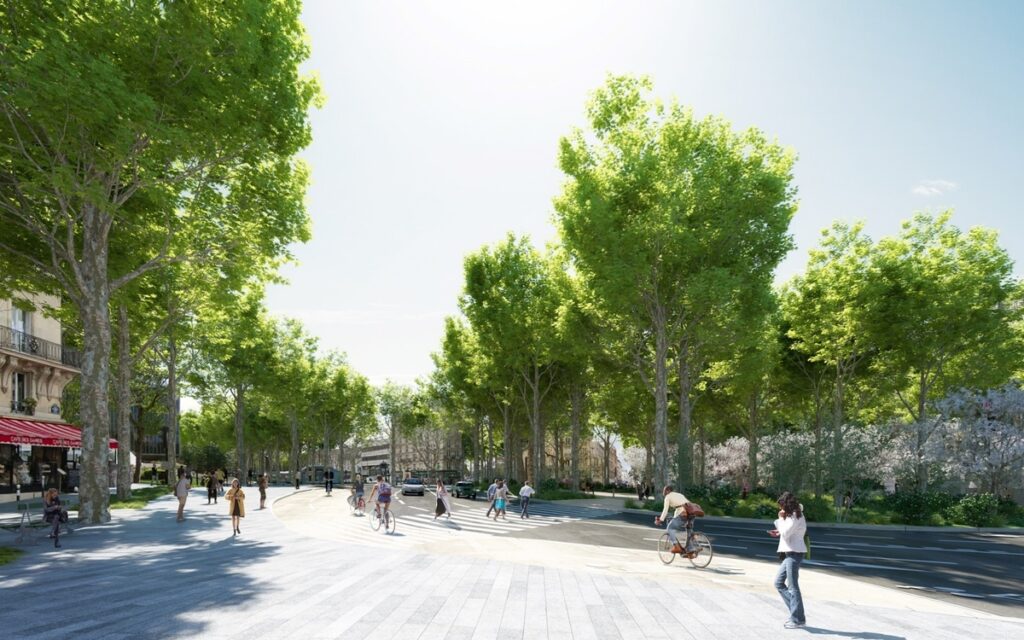
Between Canal Saint Martin and Buttes Chaumont, the fighting rink, now today Place du Colonel Fabien, was used for fighting animals from 1781 to 1833.
It was a large arena in which fights between dogs and bulls, pigs, bears, or wild boars were organized.
In 1833, a decree put an end to this squalid fighting.
Palais Royal, Former Place of Debauchery
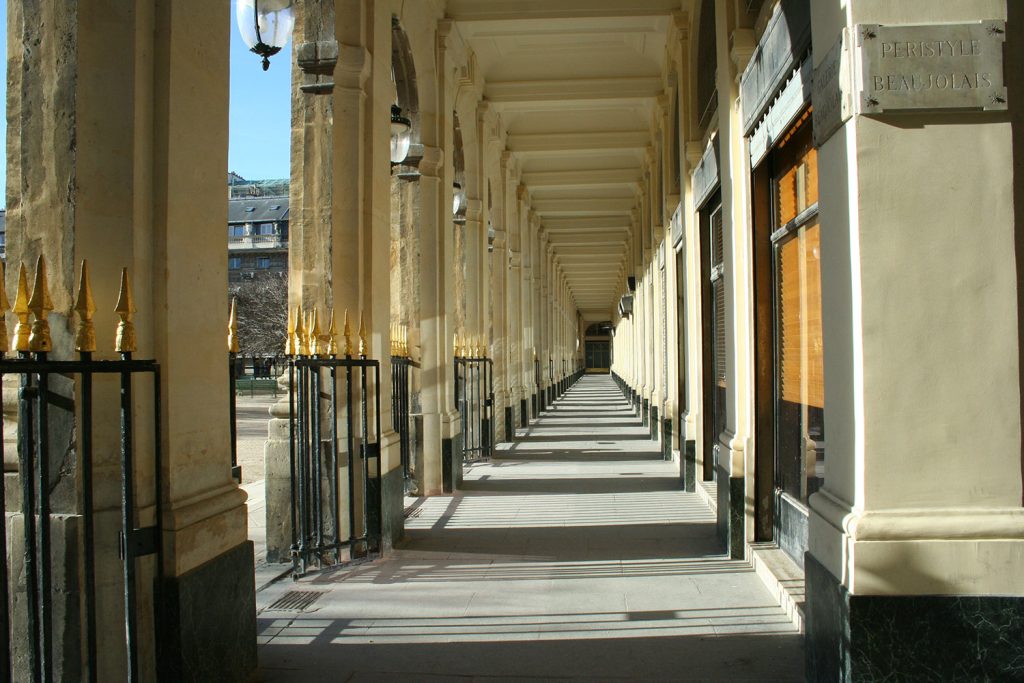
It’s difficult to imagine that this calm and cared-for garden was once a bustling place, and this for centuries.
At the time of the Revolution, life under the arcades contained a nice mix of genres.
High place of debates and debauchery, prostitutes surveying the garden came across the thinkers, like Diderot, then the big names of the French Revolution like Danton or Robespierre.
Paris Soil Hides 14 Ghost Metro Stations
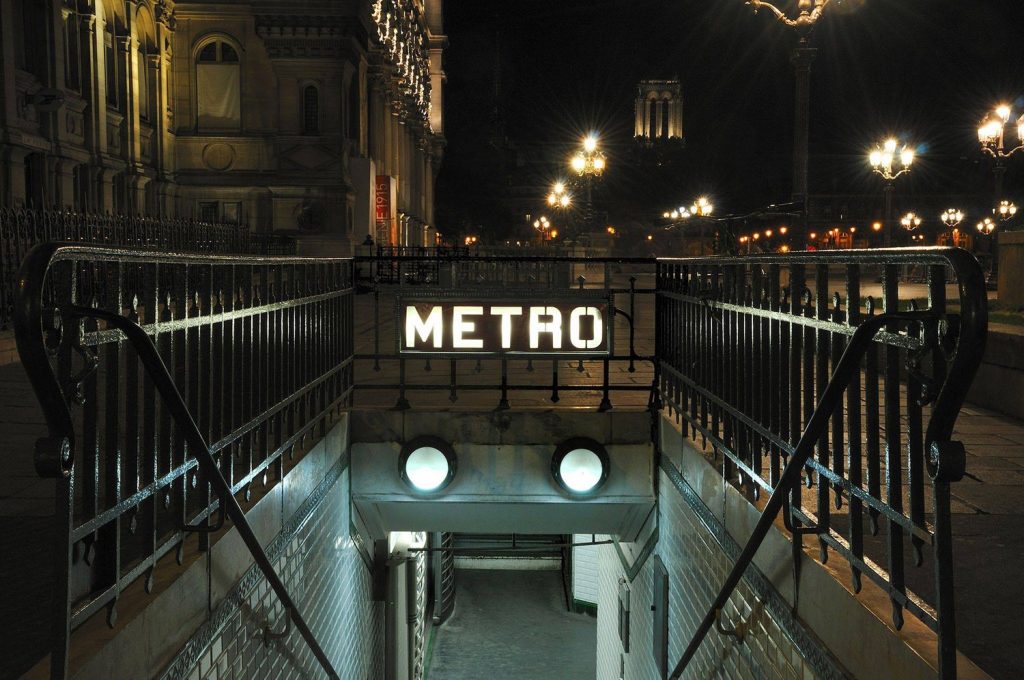
Did you know that there were 14 ghost metro stations in Paris?
Most were closed at the beginning of the Second World War when a large part of the personnel was mobilized.
At the time of the Liberation, stations that were too little used or too close to neighboring stations were not put back into service.
For example, the St Martin station, located just 100 m from Strasbourg-St Denis.
Pont de La Concorde Is Built from The Stones of The Bastille
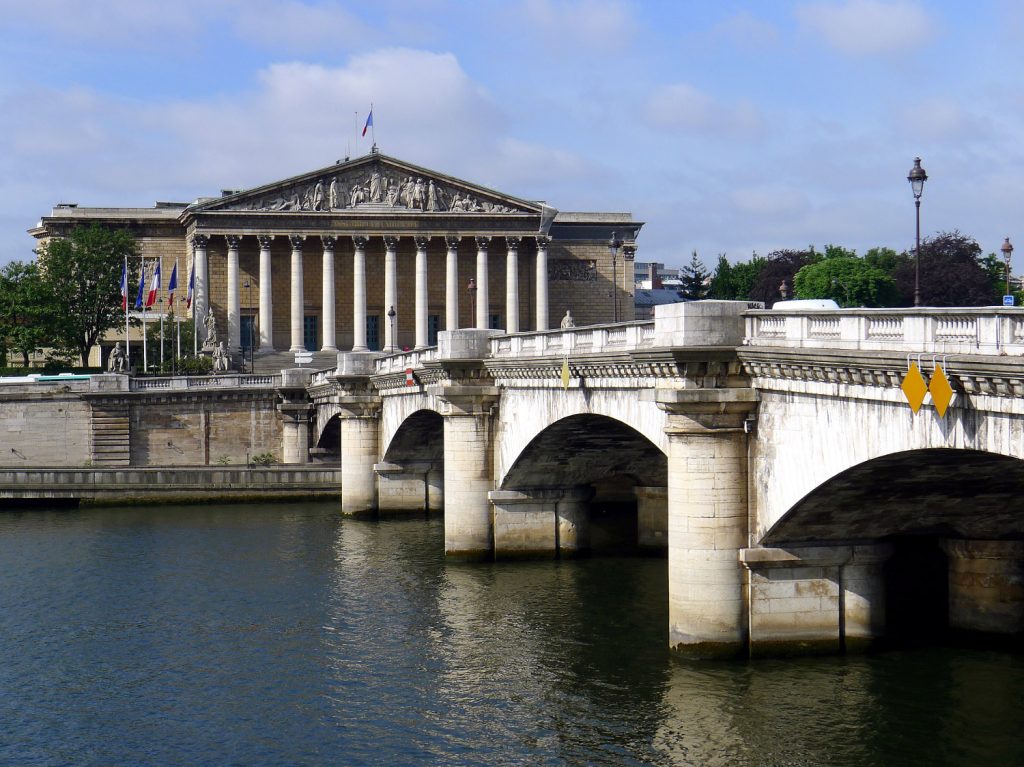
In 1772, Louis VXI approved the construction of a bridge that would cross the Seine from the Place de la Concorde. Due to lack of funding, its construction was stopped.
It was finally the French Revolution that allowed its completion: once the Bastille prison destroyed, the stones were used to complete the construction of the bridge.
A Bunker Under the Gare De L’Est
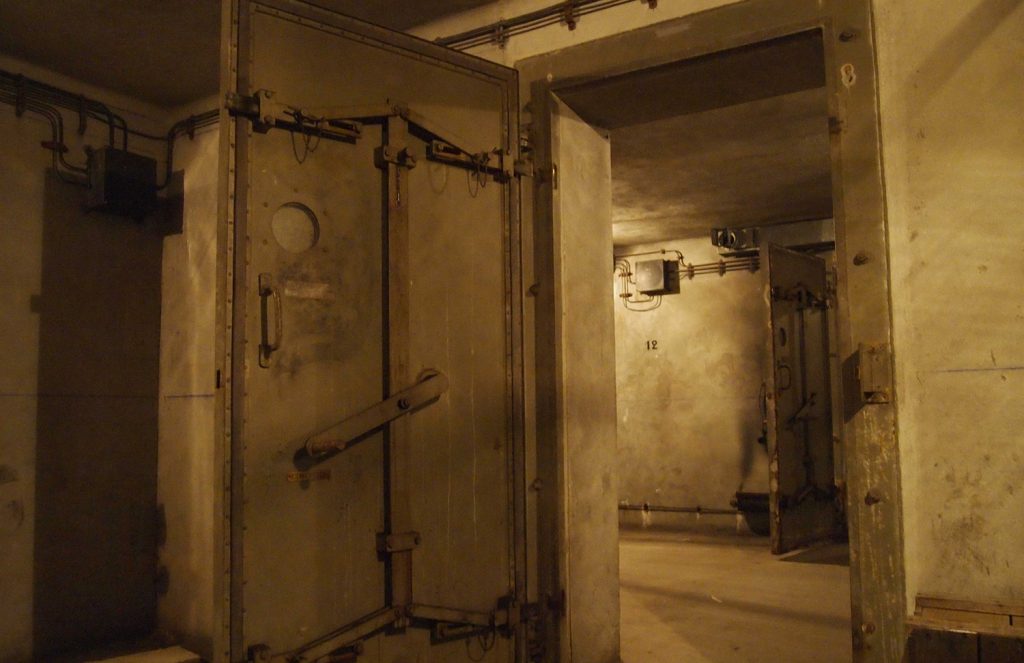
It is precisely under the tracks 3 and 4 of the Gare de l’Est that there is a still-intact bunker.
Built in 1939, this shelter was a place of retreat in case of an aerial attack.
Its role was to house the staff to keep the trains running.
Built by the French authorities, it was occupied by the Germans after the defeat of 1940. We can also find inscriptions on the wall that testify to their visit.
Exceptionally, the bunker sometimes opens its doors to the public for visits.
